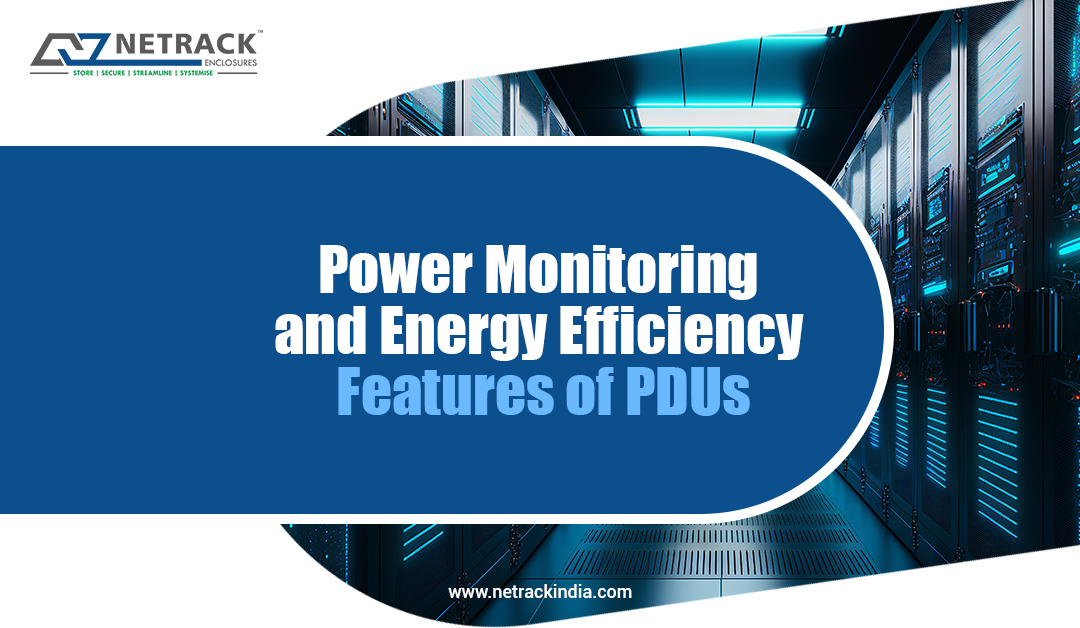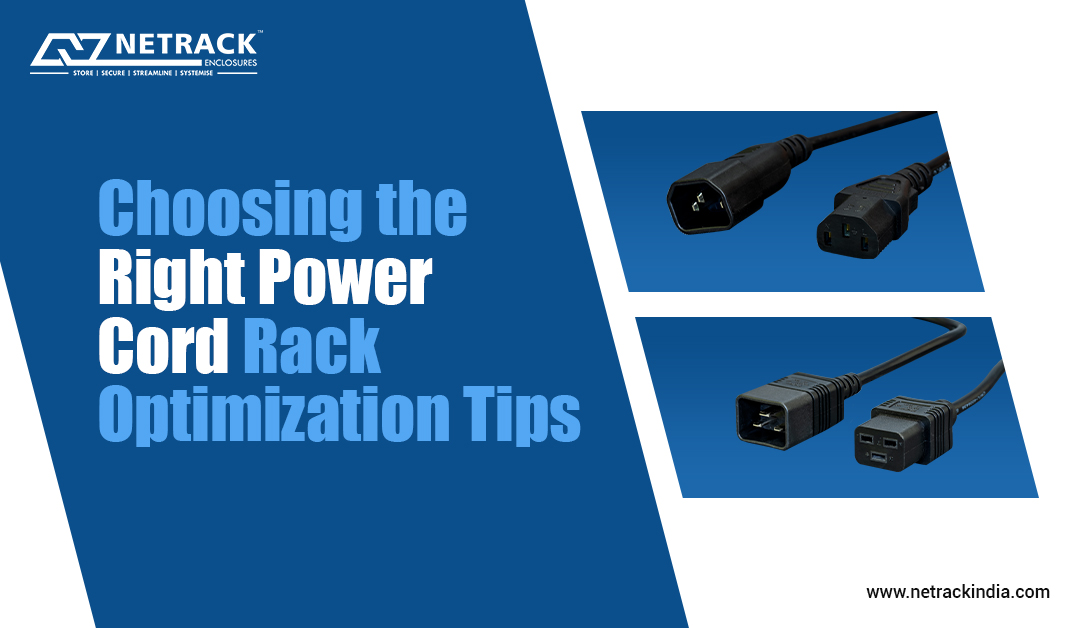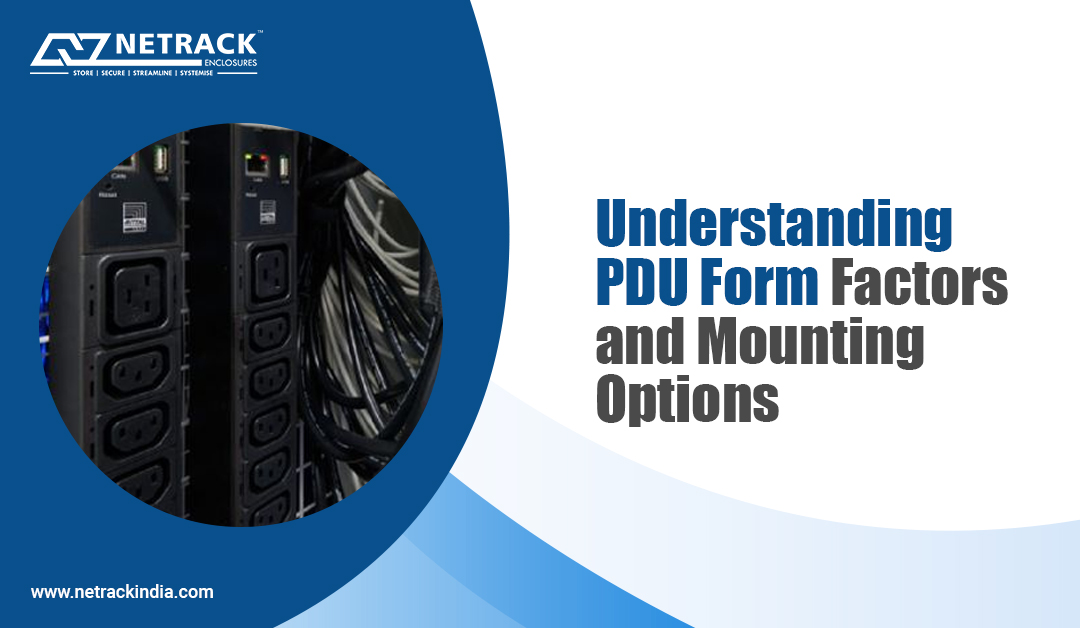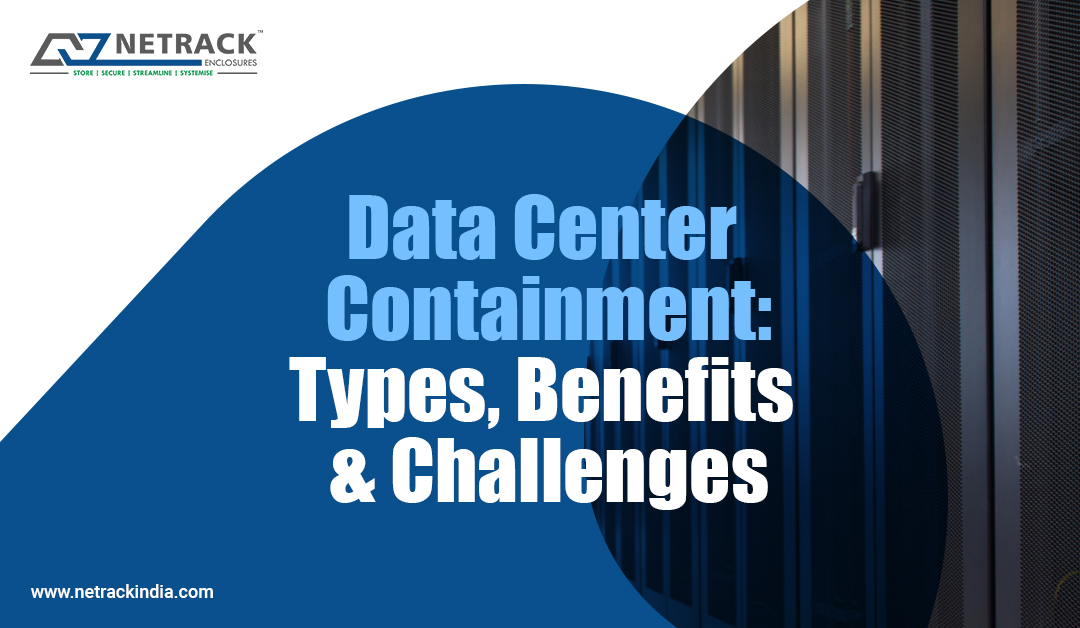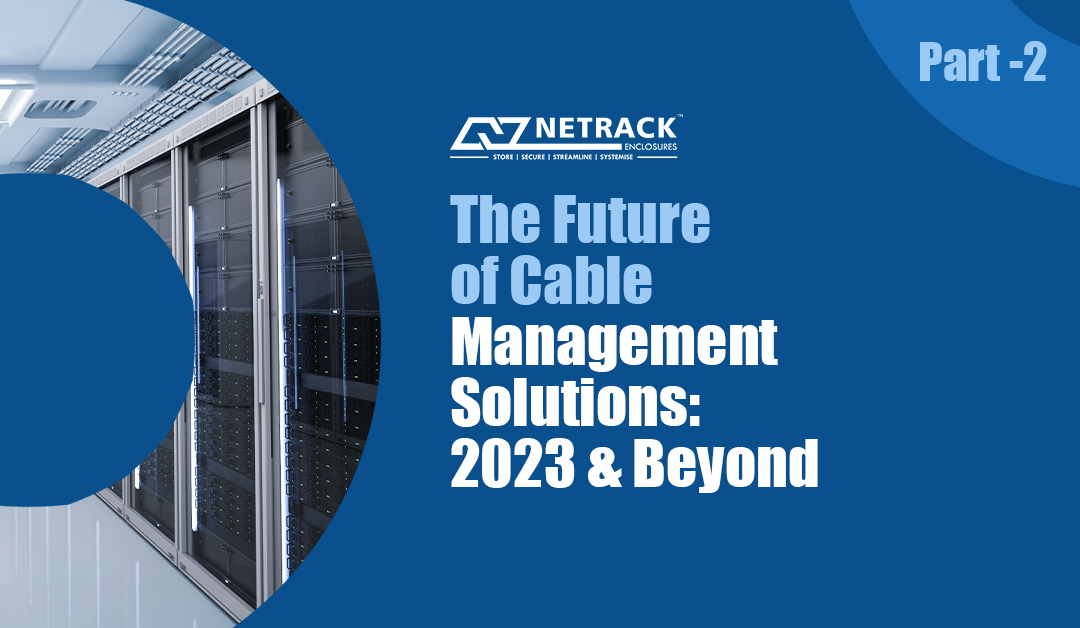How to prevent your network switch from overheating
As data is becoming critical with each passing day, so is the work of data centers to stay updated, agile, and efficient. To ensure seamless operation and reduced downtime, these evolving data centers need to maintain optimal temperature conditions. Be it servers or network switches, they need continuous monitoring due to issues with overheating. Since overheating can lead to equipment failure, reduced performance, and increased maintenance costs. Hence, Netrack came up with a solution called the Air Diverter Kit. This innovative air diverter solution for data center ensures that the unconventional network switches and servers receive the necessary airflow to stay cool so that they can function efficiently. Importance of efficient airflow in data centers Poor airflow management not only increases the operational cost of the data center through unnecessary energy consumption but can also lead to premature equipment and cable failures as a result of overheating. This can eventually increase the chance of outages.
Read More




